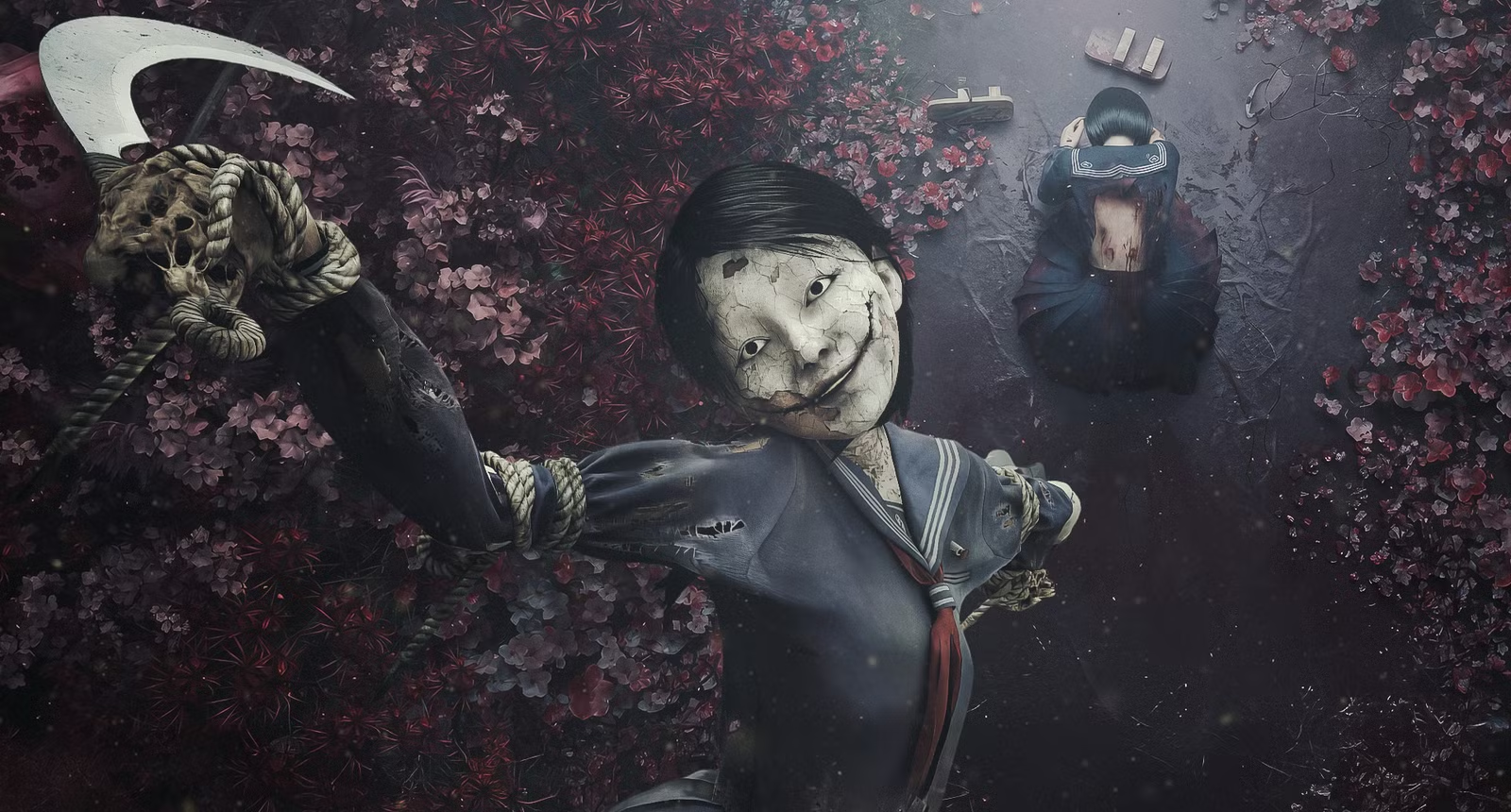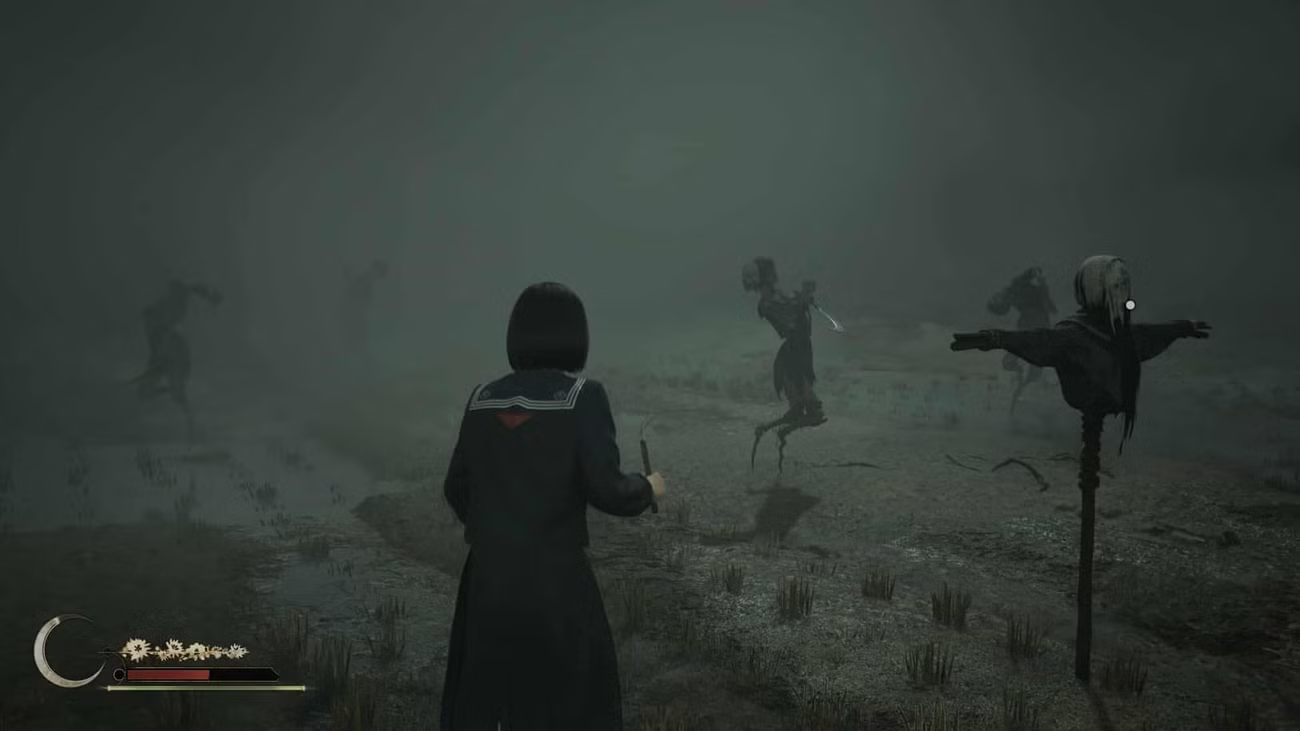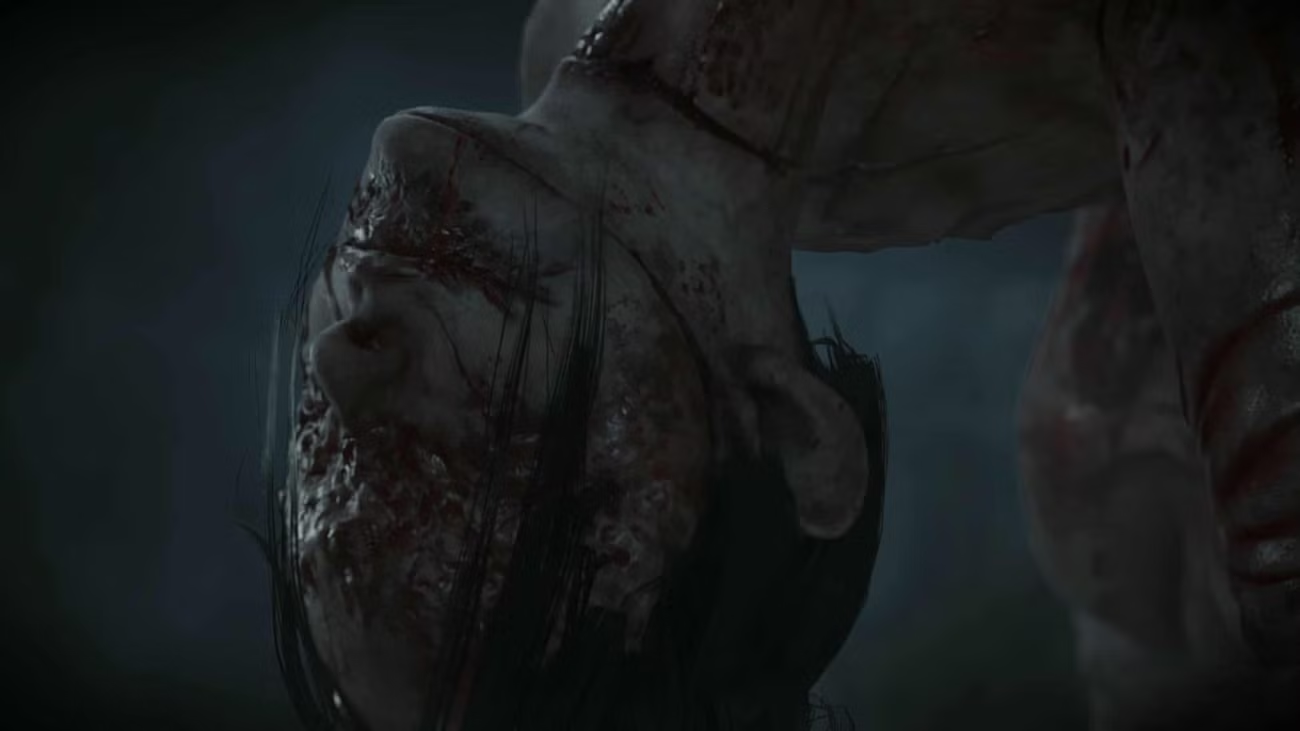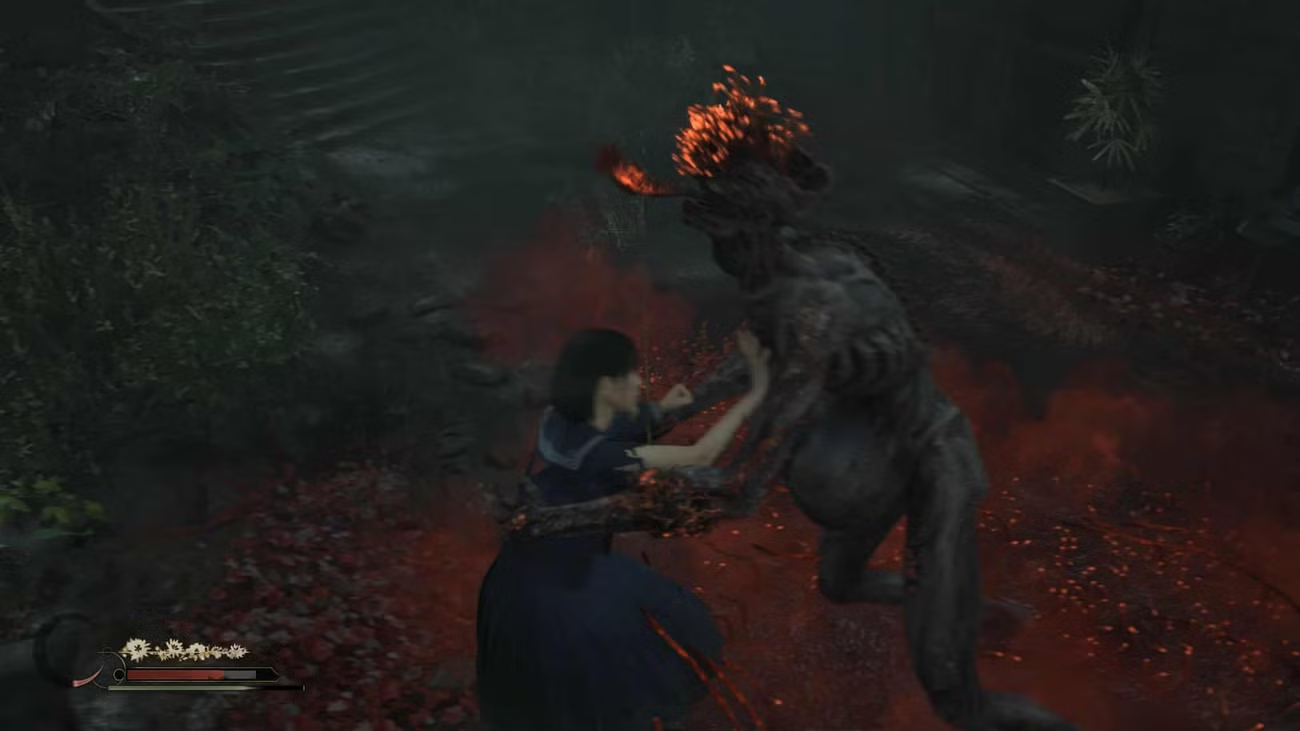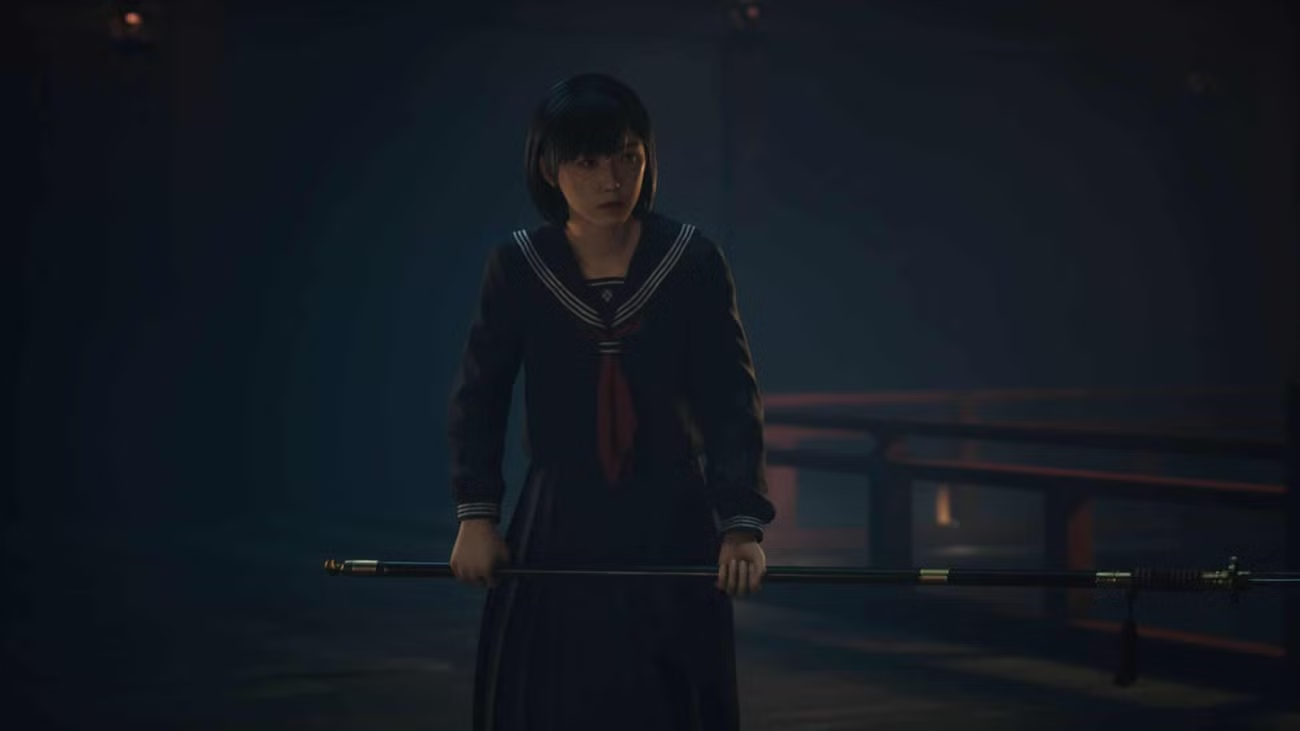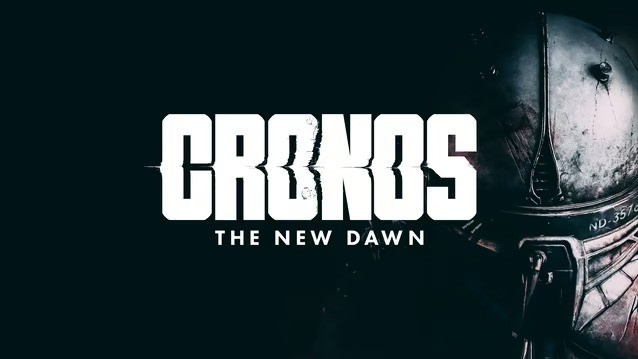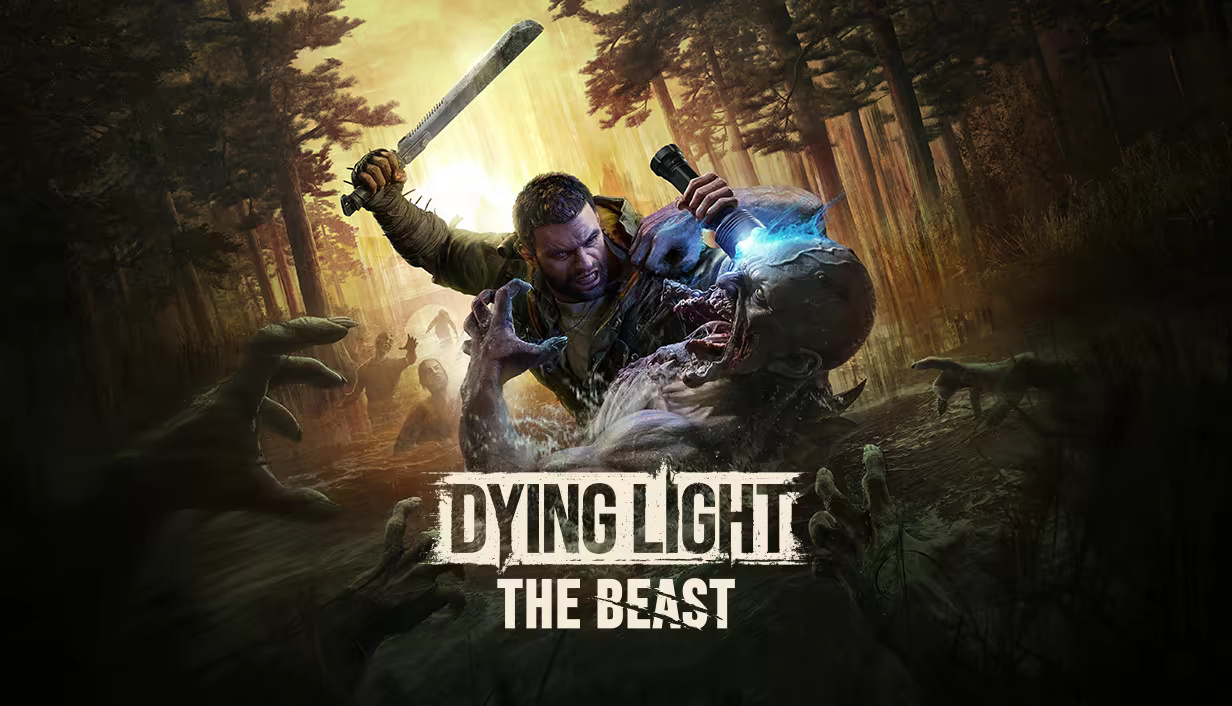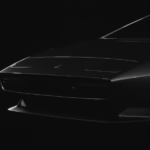Konami’s Foggy Japanese Nightmare That’ll Haunt Your Dreams
Alright, confession time: When Konami first teased Silent Hill f back at some dusty Tokyo Game Show panel, I rolled my eyes hard. Swapping Silent Hill’s foggy American backroads for a 1960s Japanese suburb? Ditching guns for rusty pipes and sanity-sapping swings? It screamed “gimmick” louder than a rusty chainsaw. Fast-forward to today, September 22, 2025, and after a 14-hour solo dive on PS5 (with a quick co-op peek—no, wait, this one’s pure single-player terror), I’ve got egg on my face. This isn’t just a solid entry; it’s a gut-punch revival that claws its way into the top tier of modern horror. I’m slapping an enthusiastic 9/10 on it—flaws and all, it’s the fresh nightmare the series desperately needed since Silent Hill 2 left us all therapy-bound.
Lost in the Fog: A 1960s Japan Setting That Feels Fresh Yet Famously Familiar
Picture this: It’s the swinging ’60s in Japan, but not the mod Tokyo scene—think sleepy Ebisugaoka, a cookie-cutter suburb where high schooler Hinako Shimizu bikes to school amid cherry blossoms and nosy neighbors. Then, bam—dense fog rolls in like a bad omen, twisting the streets into a labyrinth of whispers and wet footsteps. No rusty motels or cult-ridden lakes here; instead, you’re dodging salarymen-turned-shadows in alleyways lined with paper lanterns that flicker like dying fireflies.
Hinako’s no brooding everyman; she’s a sharp-tongued teen chafing under her family’s iron grip—alcoholic dad, enabling mom, the works. The story kicks off with her slipping out for a routine errand, only to wake up in this personal hellscape. What unfolds is a psychological spiral laced with folklore nods (think yokai vibes meets family skeletons), unraveling Hinako’s repressed rage and societal shackles. It’s layered like an onion from hell—surface-level scares for casual plays, but dig in on New Game+, and you’ll unearth themes of abuse and identity that hit harder than any boss. Critics are buzzing about its depth, and honestly? It sidesteps Silent Hill 2‘s remake safety net to deliver something raw and culturally rooted. If you’re worried about the locale shift, relax—it’s still Silent Hill at its core: fog as metaphor, isolation as weapon.
One nitpick: Early hours drag a tad with fetch-quest vibes, echoing some groans from Eurogamer’s take on the “frustrating first-half”. But push through, and it blooms into delirious brilliance.
Pipe-Swinging Peril: Combat That Starts Clunky, Ends Clutch
Let’s address the elephant in the fog: Silent Hill f combat. No firearms? Check. Soulslike parries and poise breaks? Double check. At launch, it feels like Hinako’s flailing a wet noodle—her dodge is almost comically buoyant, letting you roll through attacks like a cartoon cat. I laughed my way through the tutorial, scavenging kitchen knives from abandoned homes and wondering if Konami forgot the ammo crates.
But here’s the hook: It evolves. Stamina bars curb your spam-rolling dreams, forcing smart plays in tight spaces. Cramped shrine rooms? You’re juggling two blob-faced horrors, timing swings to stagger one while backpedaling from the other. Weapons degrade mid-fight—your trusty bat splinters after three chunks, leaving you scrambling for a loose brick. It’s tense, vulnerable stuff that amps the horror; one mistimed block, and Hinako’s health bar evaporates. Higher difficulties (up to Nightmare) turn scraps into heart-stoppers, rewarding stealth runs over button-mashing. IGN flagged its “cumbersome” side, and yeah, it’s not Resident Evil 4‘s ballet, but that friction sells Hinako’s fragility—a scared kid, not a commando.
Pro move: Prioritize evasion early; I wasted hours grinding repairs until I learned to ghost packs entirely. It fits the survival ethos perfectly, making every corner a gamble.
Sanity’s Edge: The Mechanic That Adds Real Bite
Oh, and that sanity meter? Genius wrinkle. Certain attacks (or lingering in the fog too long) chip away at it, blurring the screen with hallucinations until Hinako snaps—game over, reload from last shrine. But flip it: Burn sanity deliberately for charged attacks that cleave through tougher foes, like a desperation haymaker on a hopping bone pile. It’s risky-reward gold, tying mental fragility to raw power. Managed mine like a hawk, popping herbs to refill, but those low-sanity berserks? Chef’s kiss for clutch moments.
Nightmares Made Flesh: Monsters That’ll Star in Your Sleep
Silent Hill’s always been a gallery of body horror, and f cranks it to 11. We’re talking a scampering tangle of child skeletons playing eternal hopscotch, a bloated face-mound horking blood arcs, and my personal nope— a sluggy mass of fleshy orbs that nests eggs in walls and pukes acidic goo. Bosses? Sparse but spectacular: One mid-game behemoth fuses shrine guardians into a writhing amalgam, forcing puzzle-fight hybrids that had me sweating bullets.
These aren’t just reskins; they’re tied to Hinako’s psyche—projections of guilt and fear that evolve with story beats. DualShockers called it an “instant classic” for the gruesomeness alone, and I agree—no Pyramid Head icon yet, but give it time. Sound design seals the deal: Wet gurgles echo in the mist, building dread before they lunge.
The Dark Shrine: Otherworld Terror Dialed to Eleven
Dying (or blacking out) flings you into the Dark Shrine—the series’ “otherworld” reimagined as a crumbling spiritual realm. No real-world gear here; you’re bare-handed against respawning abominations, navigating shrine mazes where walls pulse like veins. It’s oppressive, with gravity-warping floors and audio cues that mess with your head. Memorable? Understatement—one sequence had me evading a mirror-version of Hinako, whispering accusations that lingered post-credits. It’s the emotional gut-punch Silent Hill f needed, blending folklore with personal demons.
Puzzles, Polish, and Endless Replay: Why You’ll Loop Back
Exploration’s classic: Scour fog-choked homes for keys, mix herbs for sanity boosts, solve riddles blending ’60s trivia with occult twists. Puzzles scale independently—set ’em to Easy if you’re here for story, crank to Hard for brain-melters. UI’s clean on PS5 (60fps locked, ray-traced fog looking divine), though CNET griped about journal clutter—fair, but I loved flipping through scribbled notes.
Replay’s the killer app: Four endings hinge on sanity choices and hidden encounters, with New Game+ tweaking difficulties mid-run. My first? “Bad” route, all rage-fueled. Second? Unlocked the “true” path, piecing together family horrors. At 12-15 hours base, it’s bingeable—Famitsu’s 36/40 rave about its “exhilarating” loop nailed it.
| Pros | Cons |
|---|---|
| Unsettling 1960s Japan atmosphere with deep lore | Combat’s learning curve feels punishing early |
| Jaw-dropping monster designs and boss fights | Occasional UI fumbles in journal navigation |
| Sanity mechanics add psychological depth | Light on boss variety compared to SH2 |
| Scalable puzzles and stellar replayability | Fog can obscure navigation in open areas |
| Butter-smooth PS5/Xbox/PC performance |
Verdict: 9/10 – Silent Hill f isn’t flawless, but it’s a brutal, beautiful evolution that honors the past while slashing forward. Drops September 25, 2025, on PS5, Xbox Series X/S, and PC—grab it if horror’s your vice. Compared to the SH2 remake’s nostalgia trip, this one’s riskier, rewardinger. Hinako’s saga? It’ll stick with you longer than the fog.
Which ending are you chasing first? Spill in the comments— no spoilers, promise!
You May Like – Tomb Raider Anniversary PS4 PS5 Port Leaked: Full Trophy List & What It Means for Lara Croft Fans
